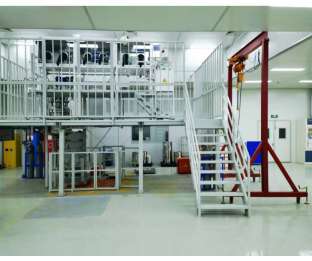MIT teams receiving $10M from TRI for next-gen battery materials
Green Car Congress
APRIL 4, 2017
Three MIT-affiliated research teams will receive about $10M in funding as part of a $35M materials science discovery program launched by the Toyota Research Institute (TRI). Provided over four years, the support to MIT researchers will be primarily directed at scientific discoveries and advancing energy storage. Earlier post.)

















Let's personalize your content